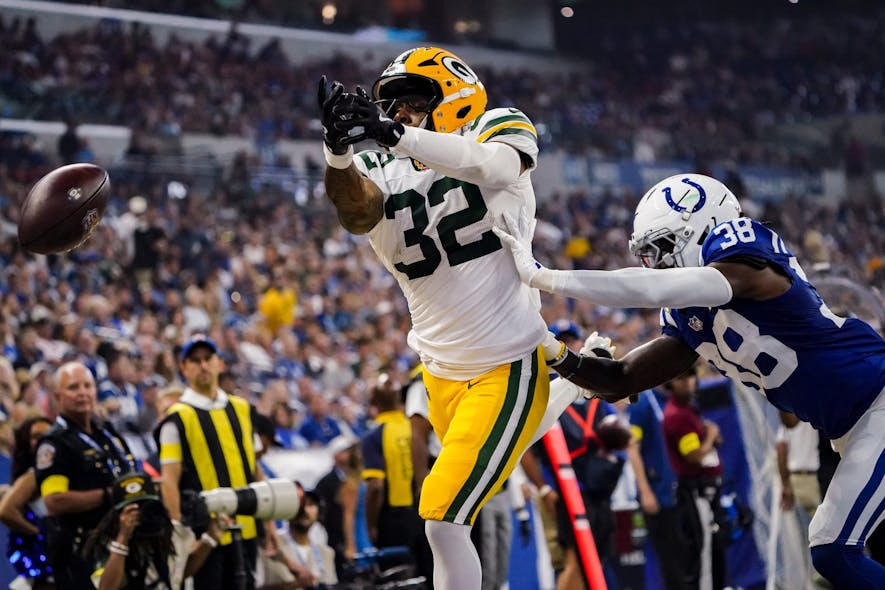Managing the final roster spots of a dynasty league roster is a crucial element for a dynasty GM during the regular season. This subset of the roster consists of Tier 3 players, or those not likely or expected to be on your roster 12 months (or even by the end of the season) from now. This is the churn aspect of your roster where short-term flip opportunities present themselves, spot starters, situational plays, and a bucket of droppable options to address new additions from the waiver wire.
The Mindset
First, the proper mindset for these roster spots is paramount. Around half of your roster today will not be there in 12-24 months. This could be dropping them to the waiver wire or trading them away. However, most of the churn will occur among the back half of players. Embrace the variance of their roster lifeline. What is their outlook over the next few weeks, instead of in 2026 and beyond? Your ability to find lightning in a bottle with a spot starter for part of the season, or a flip player for future picks, or a better long-term player is enhanced through these Tier 3 players filtering through your roster ecosystem.
The Exceptions
Above, the lack of allegiance was discussed as the overarching mindset for the final roster spots in dynasty. However, here are the exceptions. First, Round 1-2 rookie picks will generally be at least Tier 2 or higher dynasty roster considerations and on more than a 12-month timeline for roster retention. Rookie quarterbacks who may not start right away (in premium formats primarily) or running backs on a blocked depth chart are investments that require a longer leash, and knowing this at the outset is important.
Another exception is the "my guy" moniker. This is a dynasty, and GMs are welcome to make the team their own with their hand-selected guys. However, caution should be used when applying this tag and mindset to the roster spots. Like any bad habit, this one roster spot, with a my guy exception, can easily spread into 3-4-5 spots if used too liberally. For example, having one my guy on a 25 to 26-man roster is within reason. You will be patient with their development, even if their short-term outlook or rookie pick investment is not congruent with holding at face value. However, two or three of those at the moderate roster depth can be an optimization killer for waiver wire opportunities, even through a two-week sample of a season. When approaching 30, and especially beyond, roster spots can be managed with two or three players. Continue the pattern from there if surging to 35 and even 40+ roster spots. A personal example I regularly reference on podcasts is Jeff Janis. I made an exception for 2-3 YEARS with a roster spot for the small school metric marvel. However, he was constantly blocked and lacked the pedigree to expect even decent odds to actually claim a starting spot for the Packers. I hemorrhaged waiver wire opportunities weekly as a result of the long-standing moniker applied to Janis as my guy regardless of roster size or format, pointing to moving to a churn spot.
Ideally, the "my guy" moniker is applied to a position that makes some priority sense in the format. For example, aligning an exception with a position of importance, such as quarterback or tight end in a premium format, or running back, in general, would aid the use of said roster spot.
The Value of Time
Next, consider the value of time for each roster spot. While many dynasty players are uncuttable by the general waiver wire baseline every week, there are certainly examples where the available waiver options at specific points are more valuable than even notable names universally on dynasty rosters. Personally, one key improvement over the years for my dynasty rosters has been being aware of the importance of being plugged into every waiver wire run, and the possibility of improving your Tier 2/3 player bucket for the mere cost of potential dropped players and the renewable resource of the annual waiver wire budget. Sticking too long with your bench players over the waiver wire is a hidden value loss for dynasty teams.
Continue reading this content with a ELITE subscription.
An ELITE subscription is required to access content for Dynasty leagues. If this league is not a Dynasty league, you can edit your leagues here.


